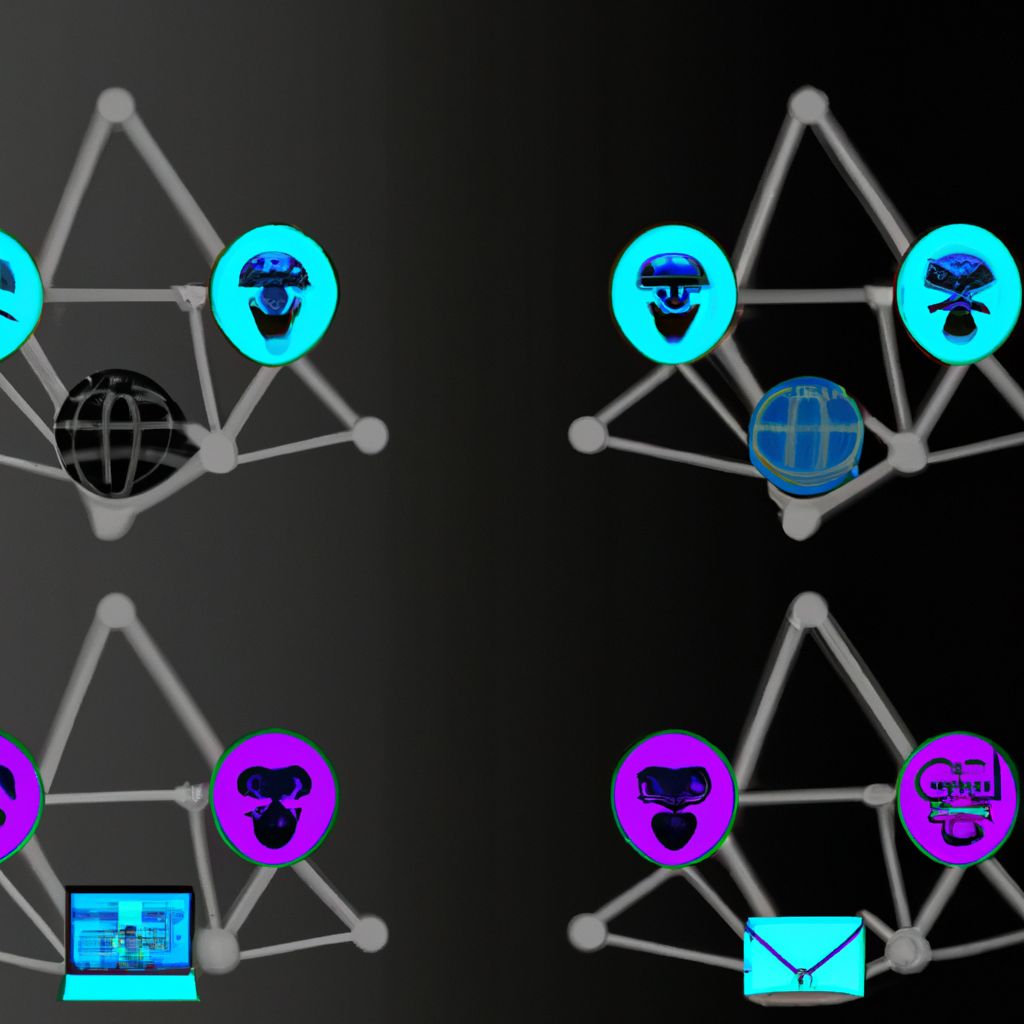Introduction: The Attacker's Entry Point
When businesses consider cybersecurity threats, a common question arises: where are attackers most likely to strike first? Is it the fortified perimeter of the external network, or the complex, often sprawling landscape of web applications? Understanding the common initial access vectors is crucial for prioritizing defensive efforts. While headlines might swing between massive web application breaches and sophisticated network intrusions, the reality is that both fronts are under constant siege. Let's delve into the prevalence and nature of attacks targeting external networks versus those aimed at web applications.
Breaching the Perimeter: External Network Exploits
The external network perimeter represents the traditional boundary between an organization's internal assets and the untrusted internet. For decades, securing this perimeter has been a primary focus. Common attack vectors here include:
- Exploiting Unpatched Services: Vulnerabilities in internet-facing services like VPN gateways, Remote Desktop Protocol (RDP), SSH, or even older protocols remain a significant entry point. Attackers constantly scan for systems missing critical patches, allowing for remote code execution or unauthorized access. Reports like the Verizon Data Breach Investigations Report (DBIR) consistently highlight the role of unpatched vulnerabilities in breaches.
- Weak or Stolen Credentials: Brute-force attacks, credential stuffing (using credentials stolen from other breaches), and phishing campaigns targeting employees remain highly effective ways to gain initial network access, often bypassing technical controls entirely.
- Misconfigurations: Improperly configured firewalls, open cloud storage buckets, or default credentials left unchanged on network devices can provide attackers with an easy way in. These configuration errors often stem from complexity, lack of oversight, or human error.
While robust perimeter defenses are essential, the increasing sophistication of attackers and the sheer number of potential vulnerabilities mean that relying solely on perimeter security is insufficient.
Exploiting the Application Layer: Web Application Attacks
As businesses rely more heavily on web applications for core functions – from customer portals and e-commerce platforms to internal tools and APIs – these applications have become prime targets. They often handle sensitive data and can provide deep access into backend systems if compromised. Common web application attack vectors, often categorized by the OWASP Top 10, include:
- Injection Flaws (e.g., SQL Injection, Command Injection): These allow attackers to execute malicious code or database queries by injecting hostile data into application inputs, potentially leading to data theft, modification, or complete system takeover.
- Broken Authentication & Access Control: Weak password policies, session management flaws, or improperly enforced permissions allow attackers to hijack user accounts or escalate privileges, gaining access to data or functionality they shouldn't have.
- Server-Side Request Forgery (SSRF): This vulnerability allows an attacker to induce the server-side application to make requests to an unintended location, potentially accessing internal services, sensitive data, or interacting with other backend systems.
- Security Misconfiguration: Similar to network misconfigurations, but specific to the application stack (web server, application server, frameworks, database). Default credentials, verbose error messages revealing internal details, or unnecessary features being enabled can all be exploited.
Industry data often shows that web application vulnerabilities are a leading cause of breaches, particularly as applications become more complex and interconnected via APIs.
The Interconnected Reality: Why Both Matter
Pitting external network security against web application security creates a false dichotomy. In reality, these two domains are deeply interconnected:
- Web App Breach Leading to Network Access: A compromised web application can serve as a beachhead for attackers to pivot into the internal network. Once inside the application server, they may exploit internal vulnerabilities or misconfigurations to move laterally.
- Network Access Enabling Web App Attacks: Conversely, initial access gained through a network vulnerability (like a weak VPN password) might allow an attacker to access internal development environments, steal source code, or directly target internal-facing application components that have weaker security postures.
- Shared Weaknesses: Issues like weak credential management or poor patching practices often affect both network infrastructure and web applications.
Conclusion: A Holistic Defense is Key
So, which is the more common vector? The answer often depends on the specific organization, its industry, its unique attack surface, and the evolving tactics of threat actors. Both external network infrastructure and web applications present significant risks and are frequent targets for initial access.
Focusing exclusively on one while neglecting the other leaves critical gaps. Effective cybersecurity requires a holistic approach that includes:
- Robust Vulnerability Management: Regularly scanning and patching both network infrastructure and application components.
- Strong Authentication & Access Control: Implementing multi-factor authentication (MFA) and the principle of least privilege across all systems.
- Secure Configuration: Hardening systems and applications, disabling unnecessary services, and avoiding default settings.
- Regular Penetration Testing: Simulating real-world attacks against both the network perimeter and web applications to identify weaknesses before attackers do.
- Security Awareness Training: Educating users about phishing and social engineering tactics.
Ultimately, securing the modern enterprise demands vigilance on all fronts. Attackers will always probe for the weakest link, whether it's an unpatched VPN server or a vulnerable input field in a web form. A comprehensive security strategy must address both.
Disclaimer: This post represents the view of the individual author that wrote it and not necessarily the view of Rarefied Inc.
Looking for professional security testing?
Based on your interest in this topic, you might benefit from our specialized security services:
